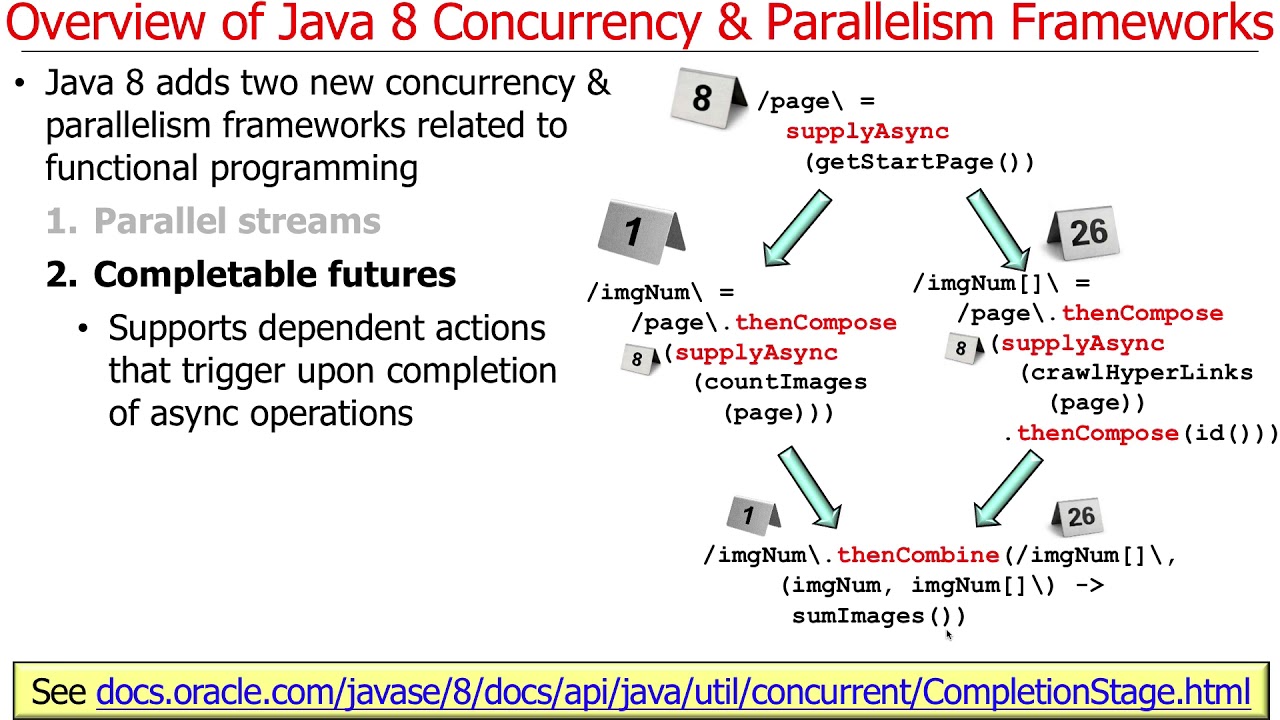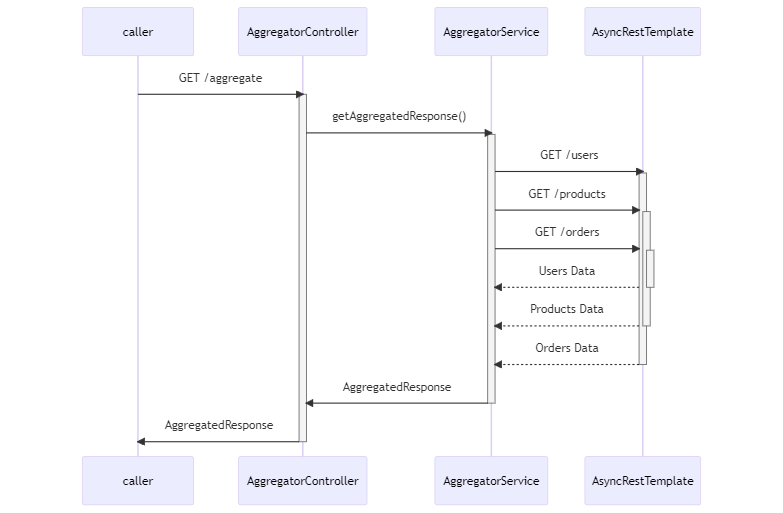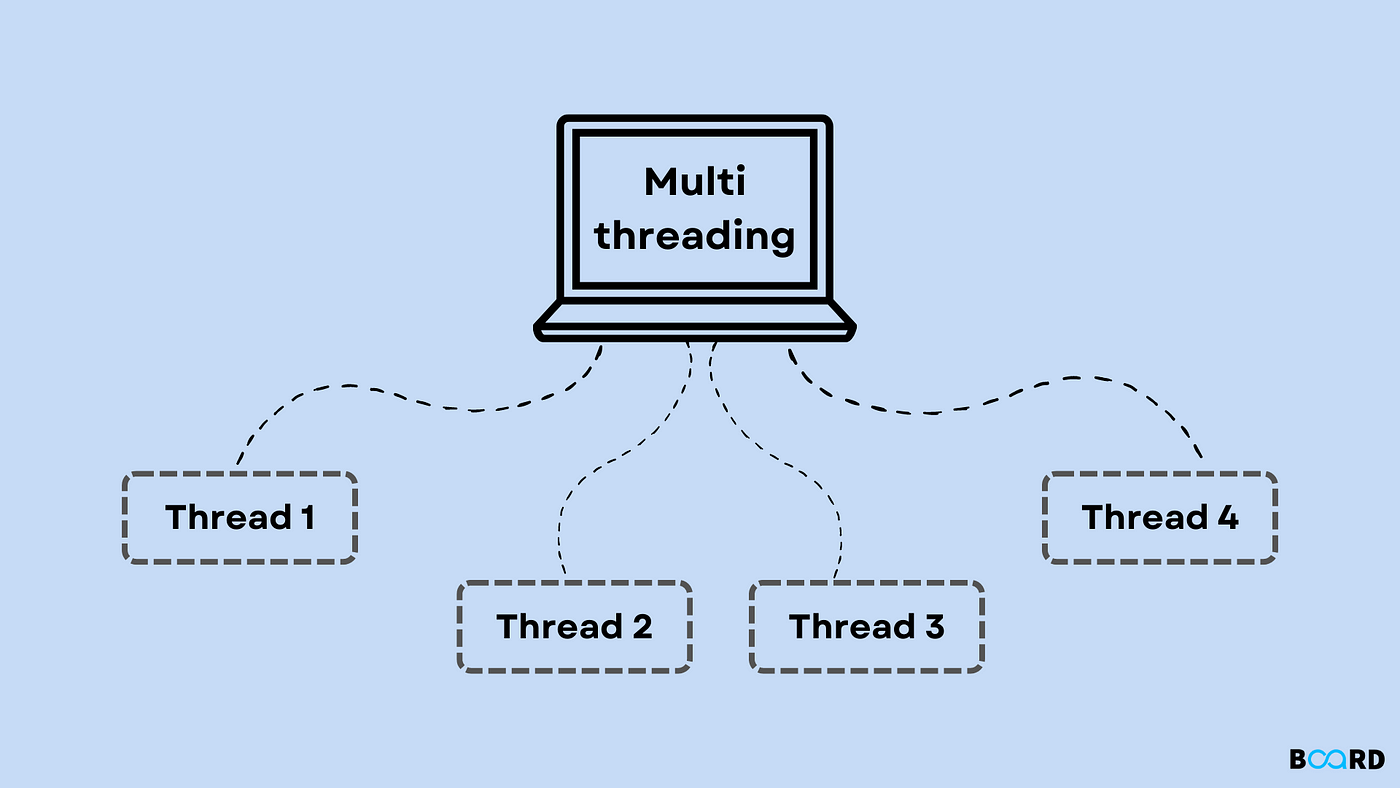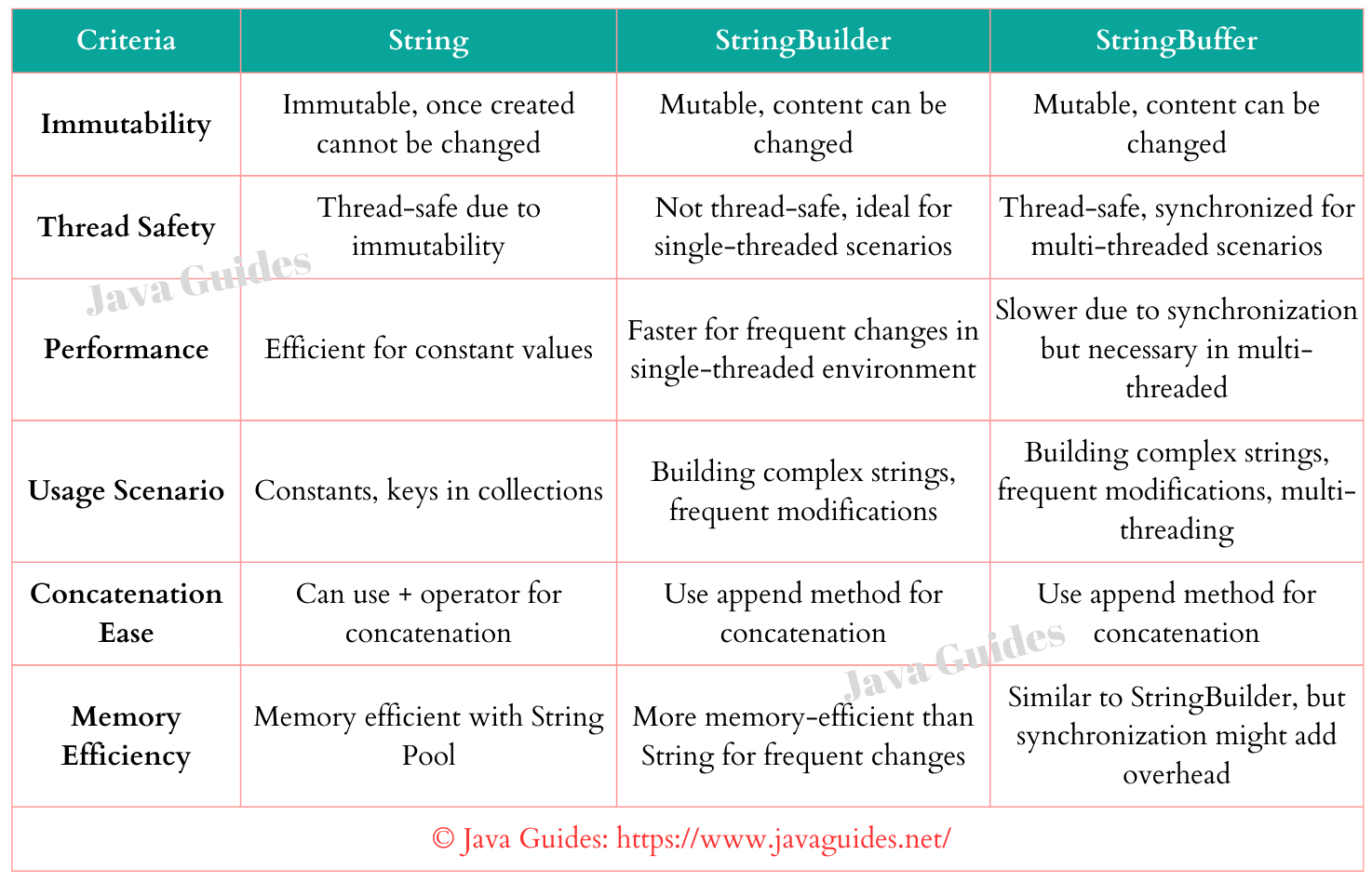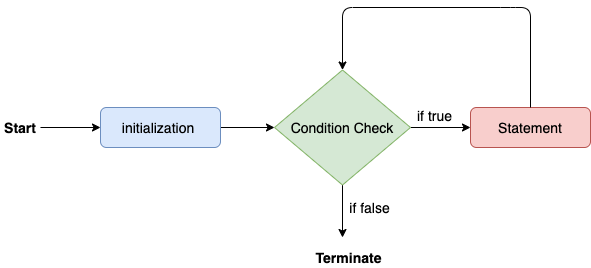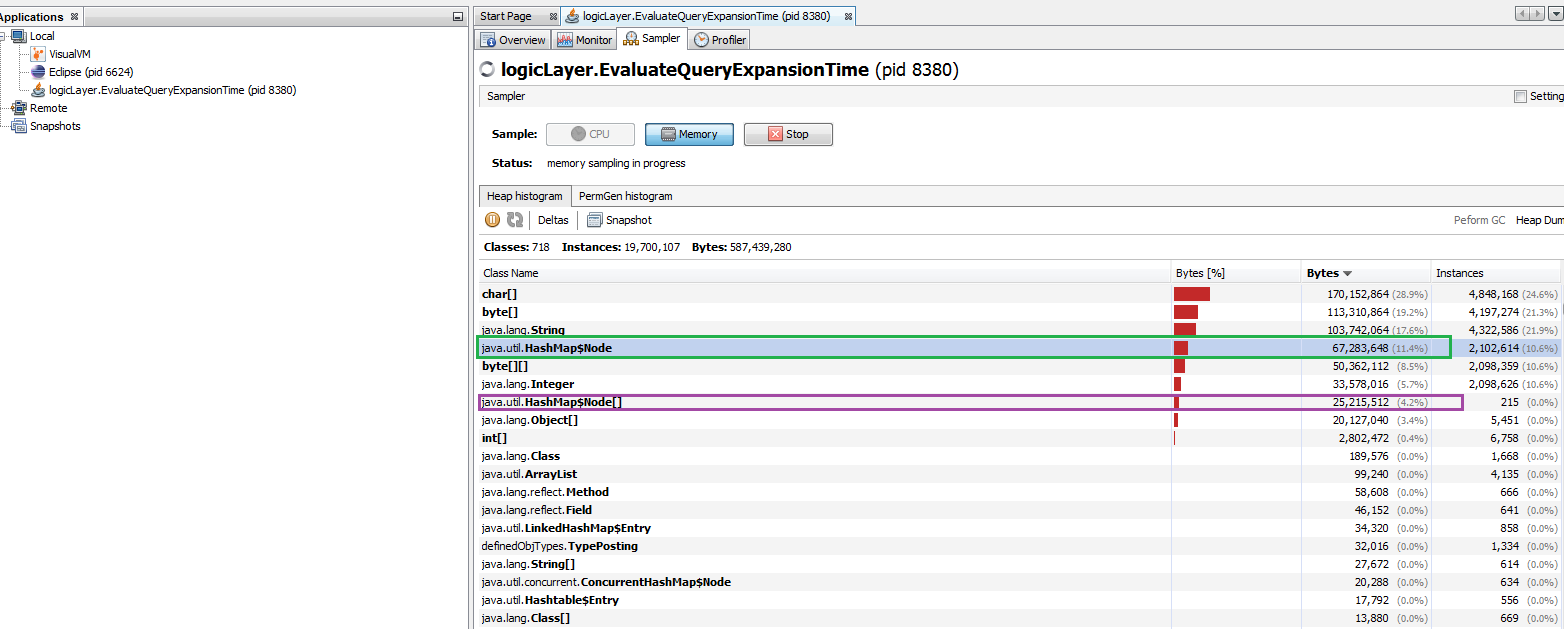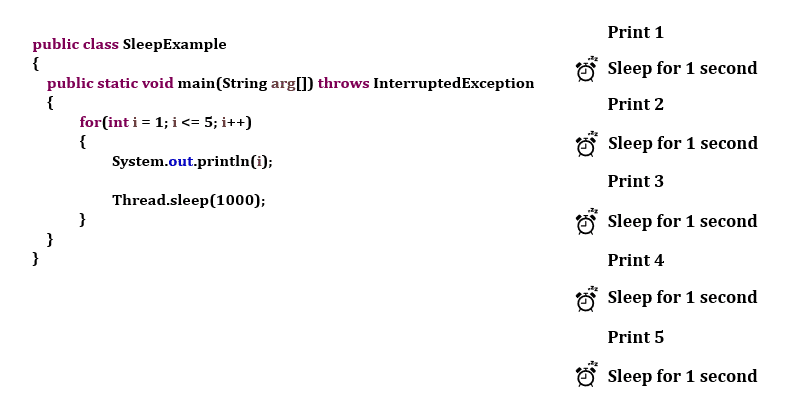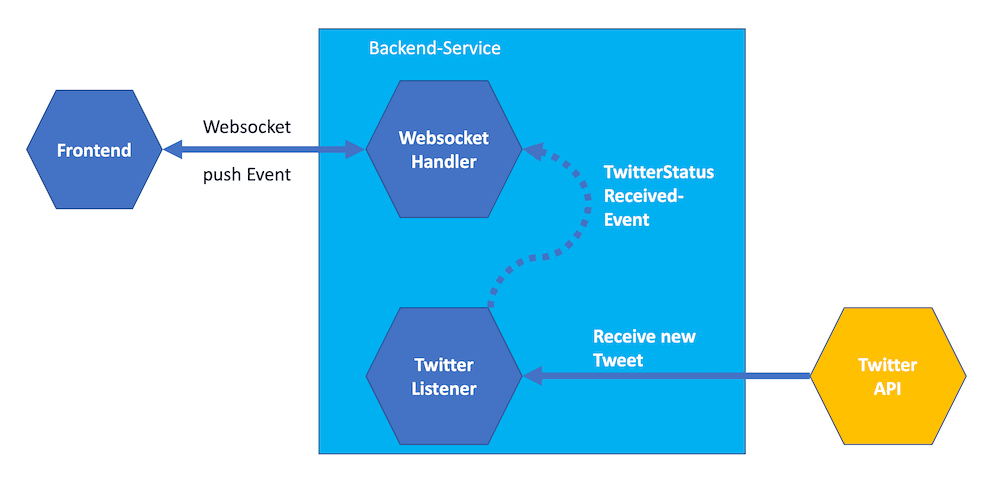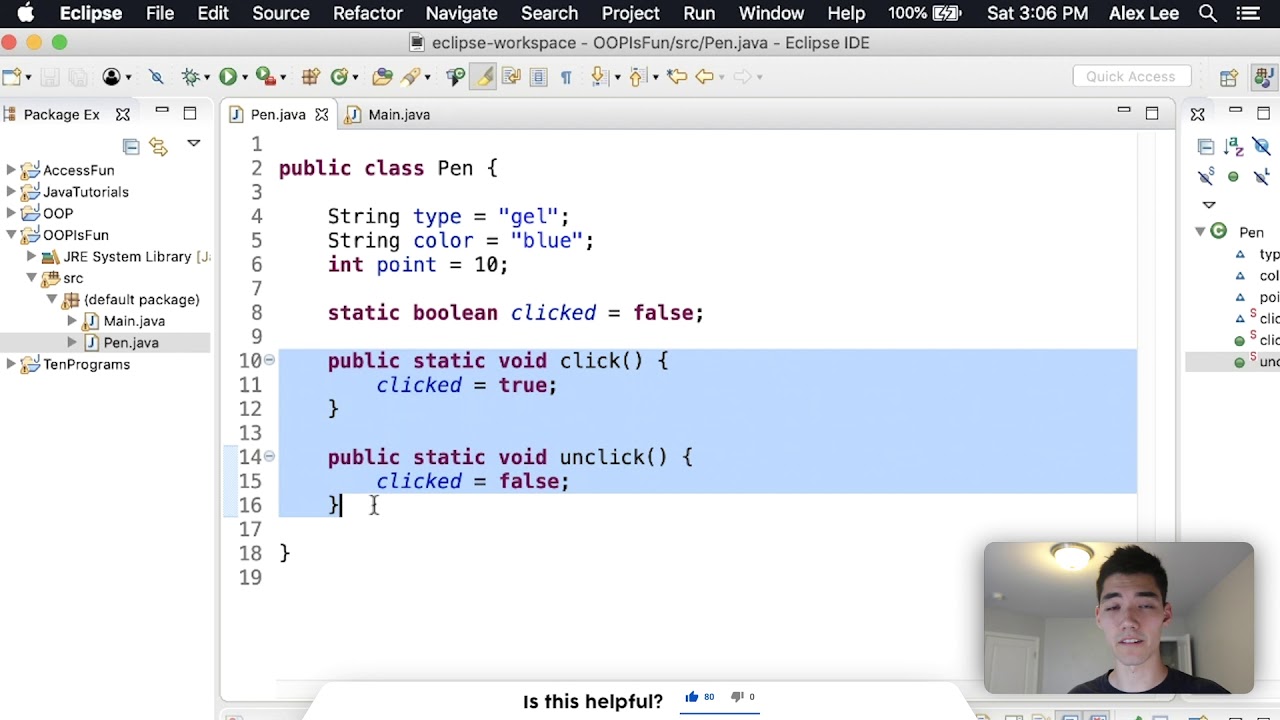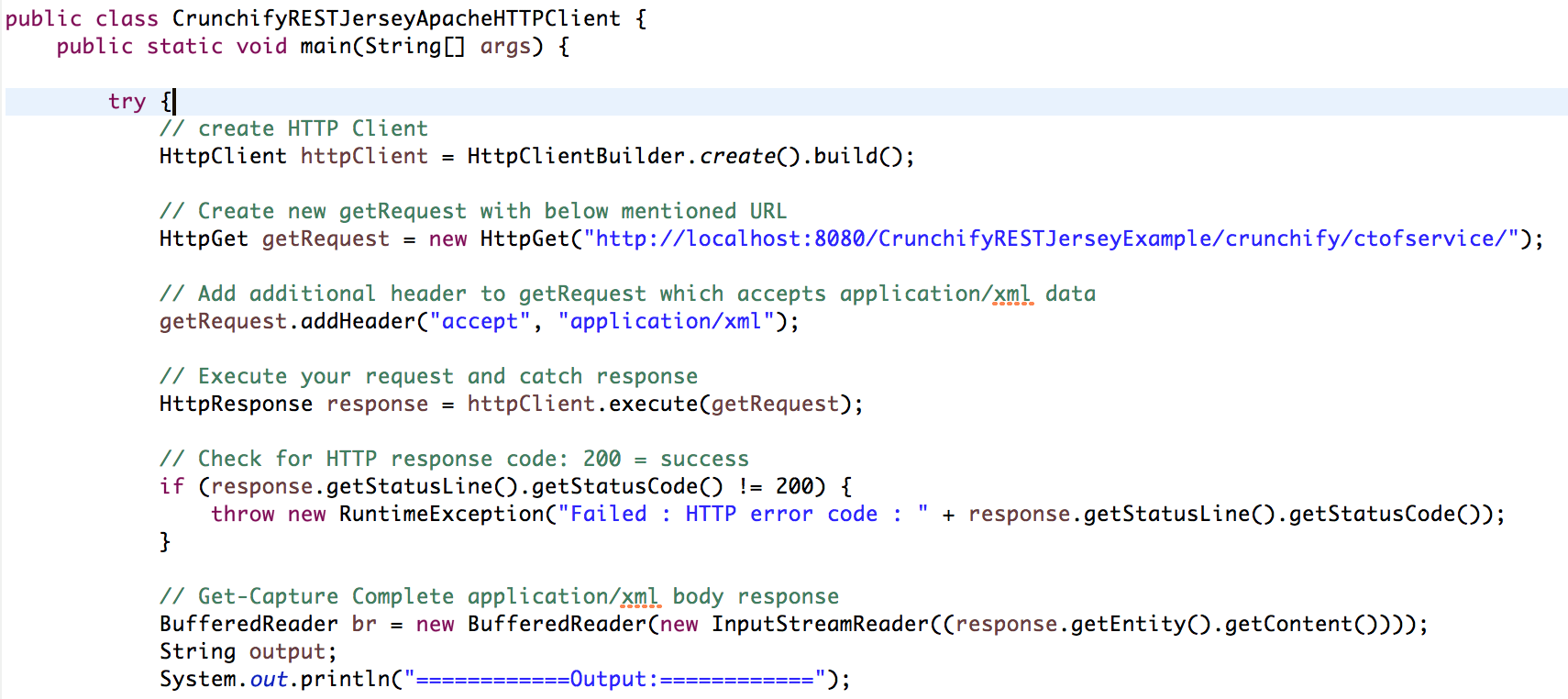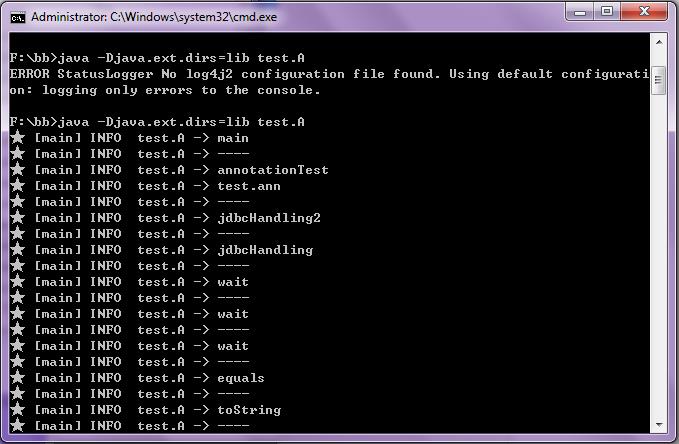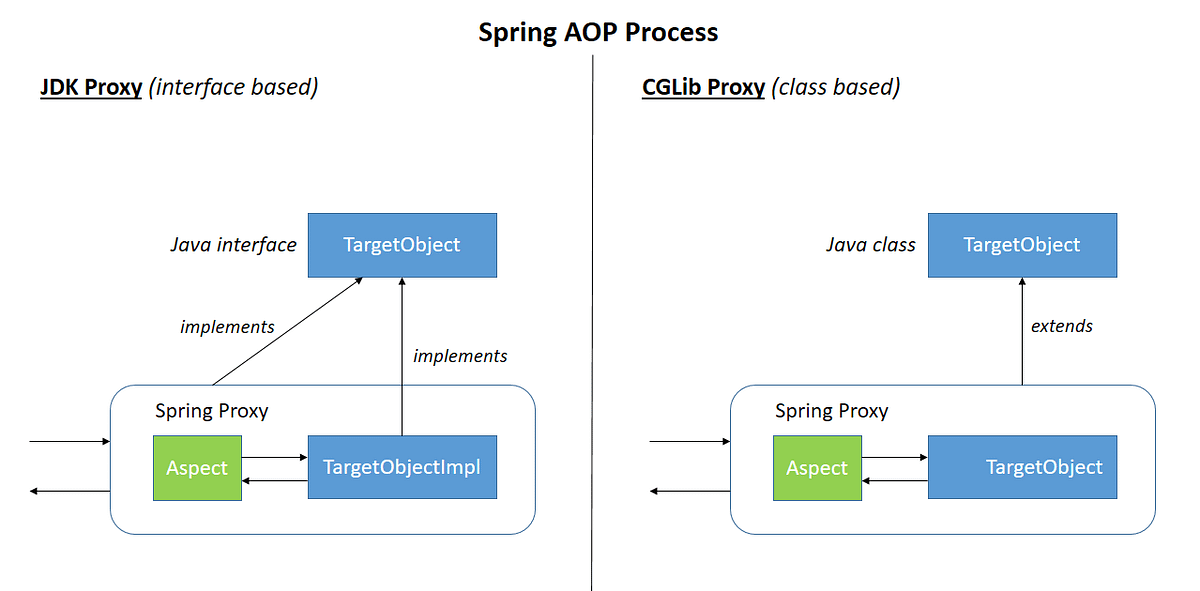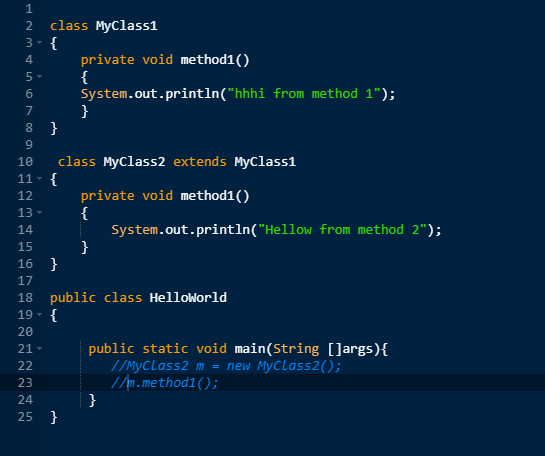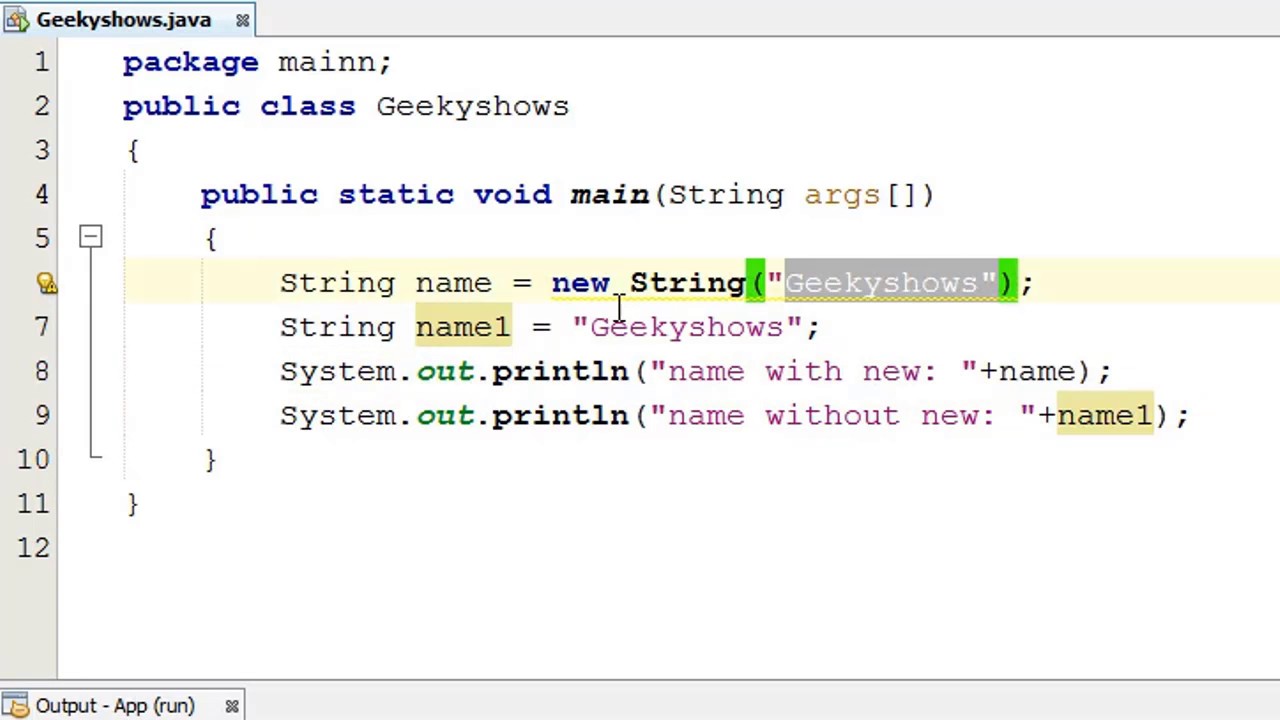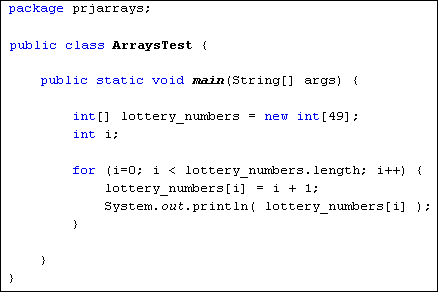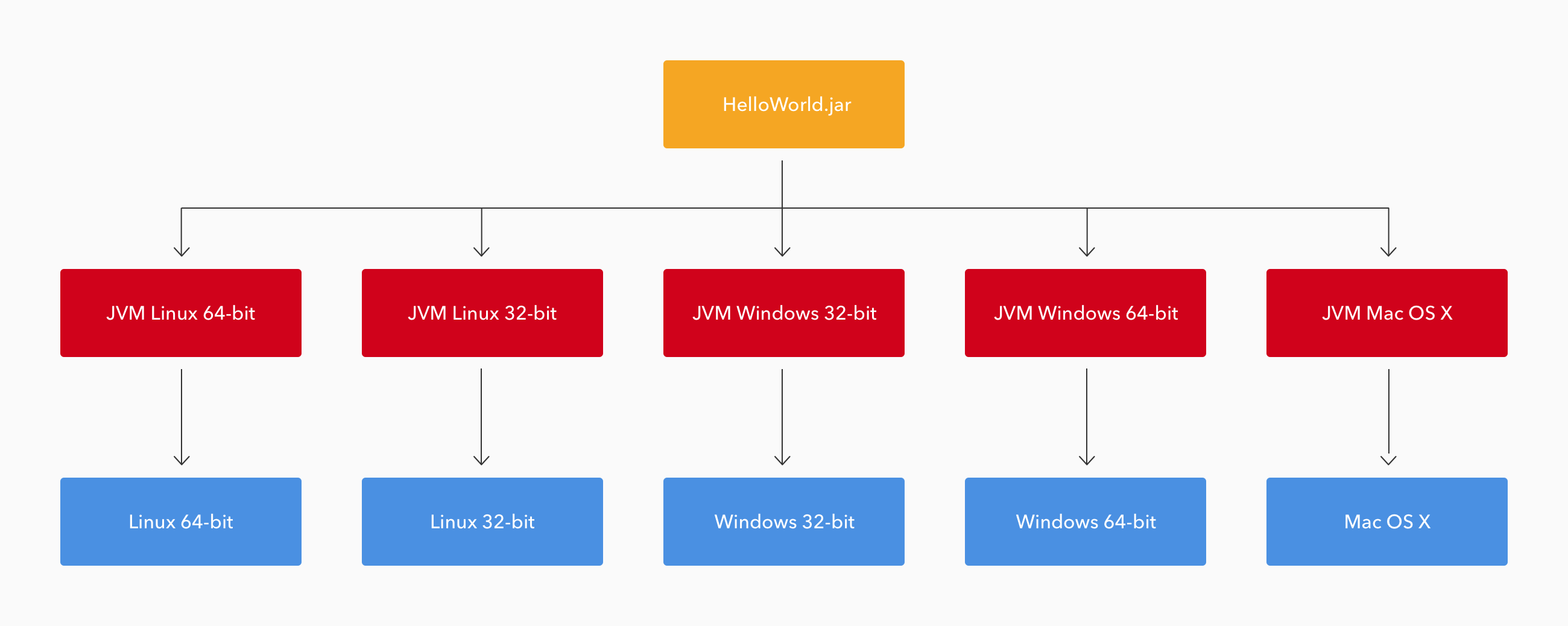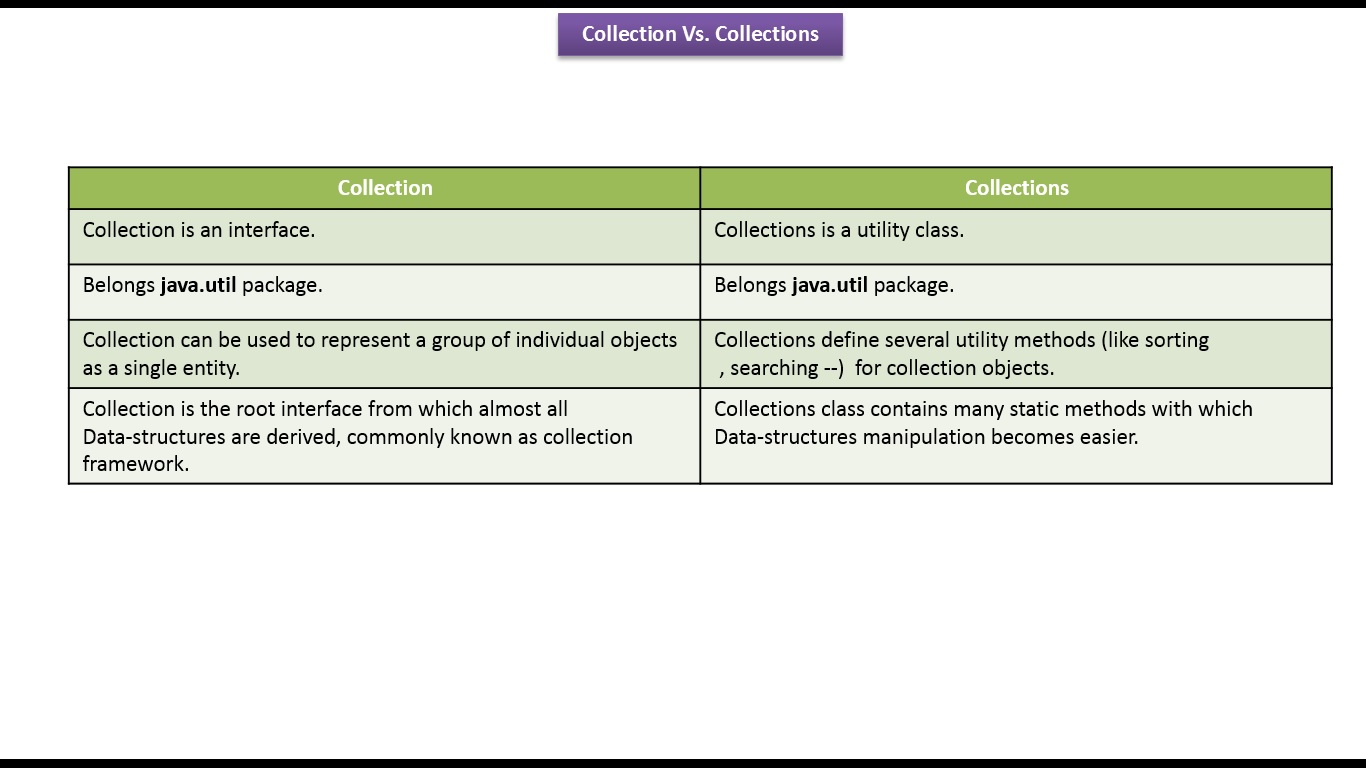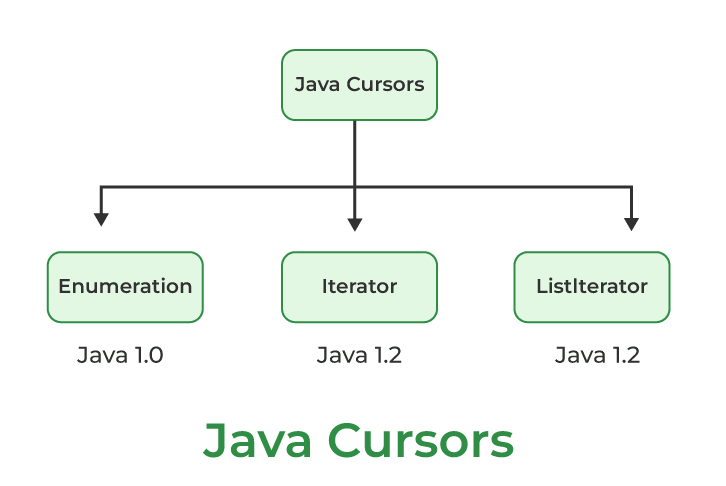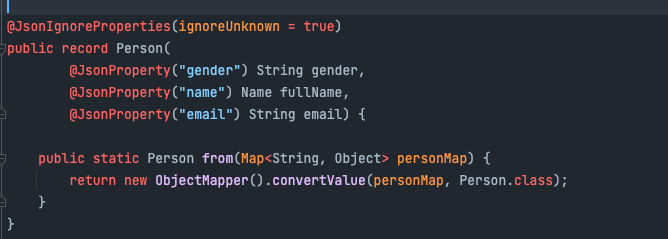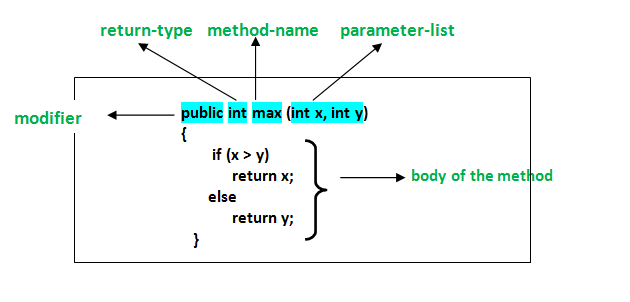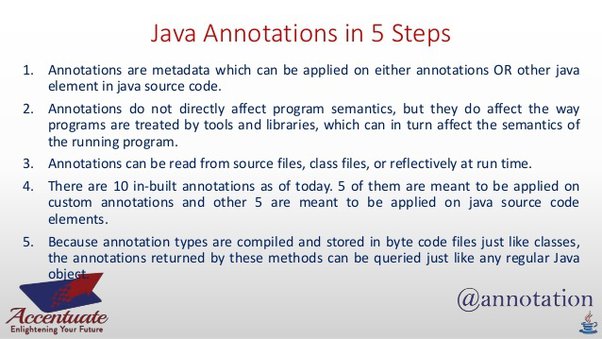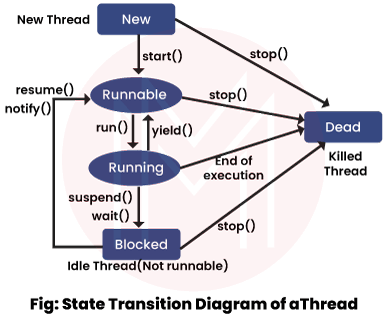Is Java annotation a Decorator Pattern?
Is Java annotation a Decorator Pattern?
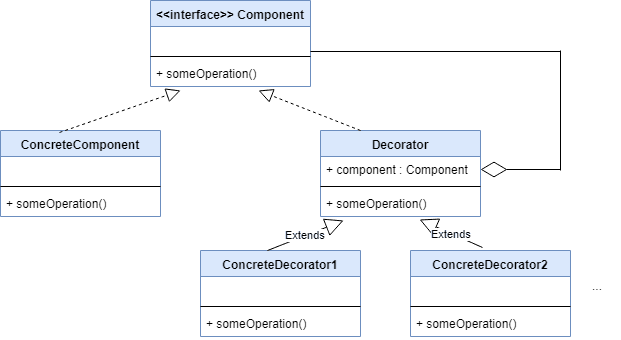
I'm happy to help you with that.
The Java Annotation is often mistakenly referred to as the Decorator pattern, but it's actually not the same thing. While both can be used for similar purposes (e.g., adding metadata or extending behavior), they are fundamentally different design patterns.
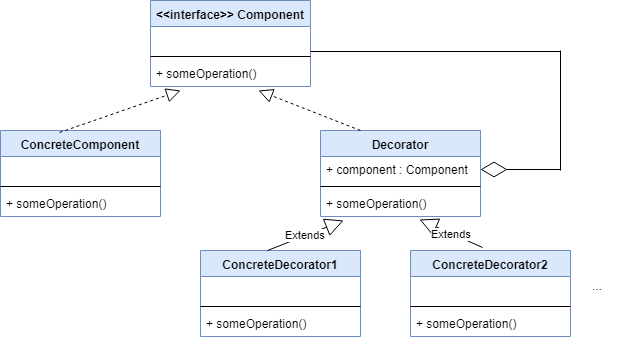
Decorator Pattern:
In the classic Decorator pattern, an existing object (component) is wrapped with a new object (decorator) that adds some additional functionality without altering the underlying component's structure or behavior. This allows you to dynamically modify an object's behavior at runtime, creating a chain of responsibilities and flexibility in your code.
For example, imagine you have a Coffee class representing a beverage, and you want to add extra features like sugar, cream, or ice. You could create separate classes for each topping (e.g., SugarDecorator, CreamDecorator) that wrap the original Coffee object. Each decorator would implement the addTopping() method, allowing you to compose different toppings onto a single coffee instance.
Java Annotation:
In Java, annotations are simply special types of metadata (data about data) used to describe classes, methods, fields, or parameters. They can be thought of as "sticky notes" attached to your code, providing additional information that the compiler, runtime, or even other developers might find useful.
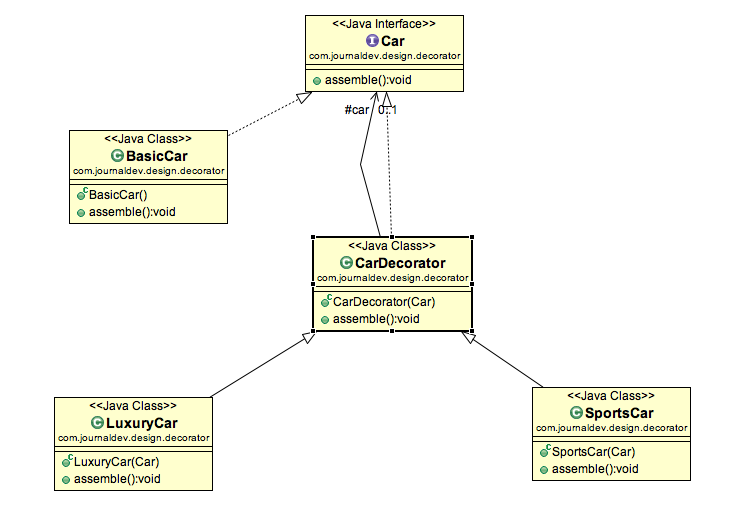
Annotations are not wrappers around existing objects; instead, they're a way to associate attributes, constraints, or behavior with specific parts of your code. For instance:
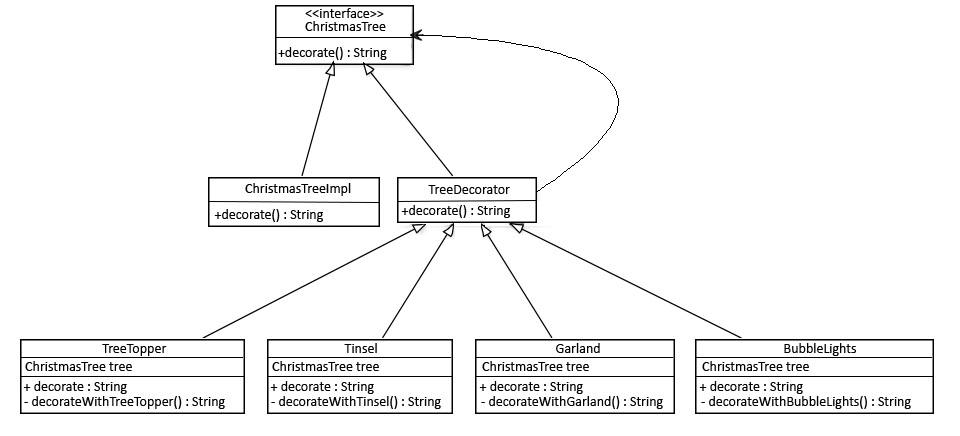
@Override to indicate that a method overrides an equivalent method in a superclass.
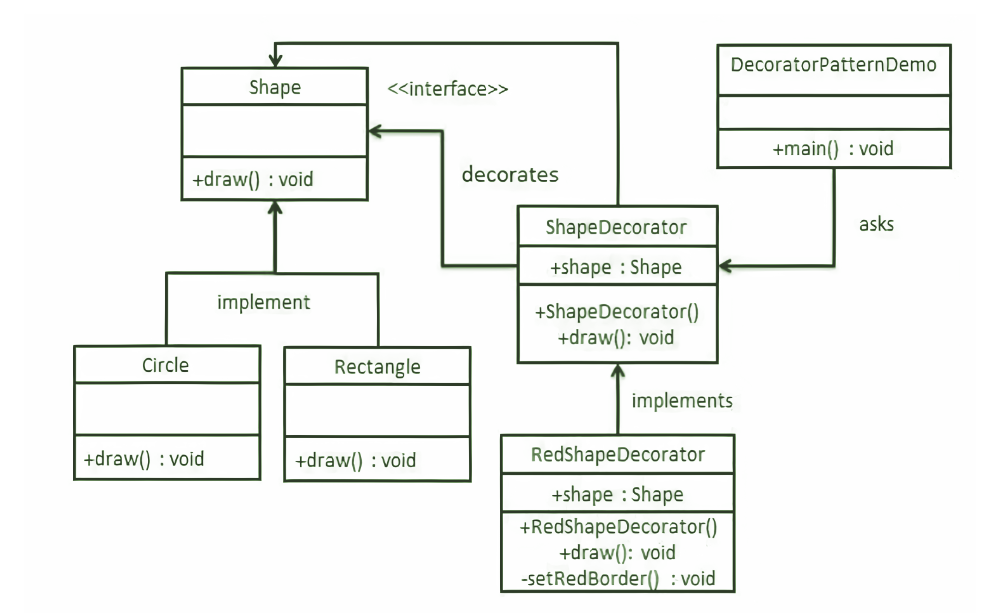
@Transactional is used to mark methods as part of a transactional process. @Deprecated alerts developers that certain methods or classes are no longer supported.
In summary, while both the Decorator pattern and Java annotations can be used for similar purposes (e.g., adding behavior or metadata), they differ fundamentally in their underlying design principles:
The Decorator pattern is about wrapping objects dynamically to extend behavior at runtime. Java annotations are about attaching metadata to specific parts of your code to provide additional information.So, no, Java annotation is not the same as the Decorator pattern.
What is a Java decorator?
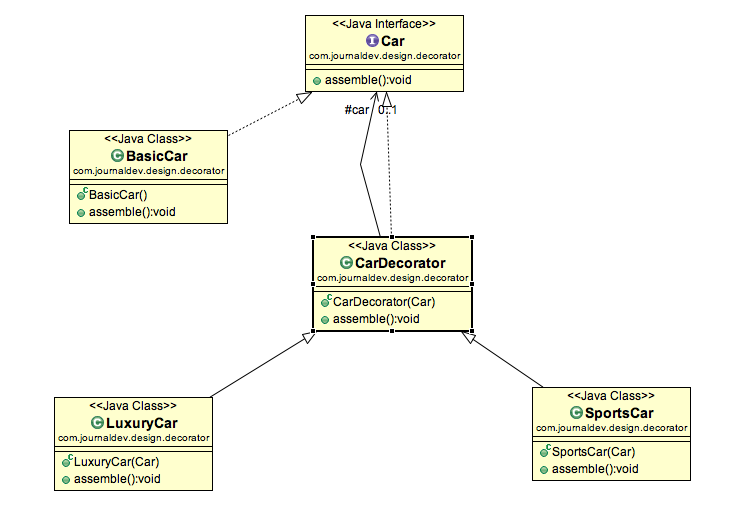
A Java decorator is a design pattern that allows you to dynamically add new behaviors or responsibilities to an object without modifying its underlying code. It's a way to wrap an existing object with another object that contains the additional functionality.
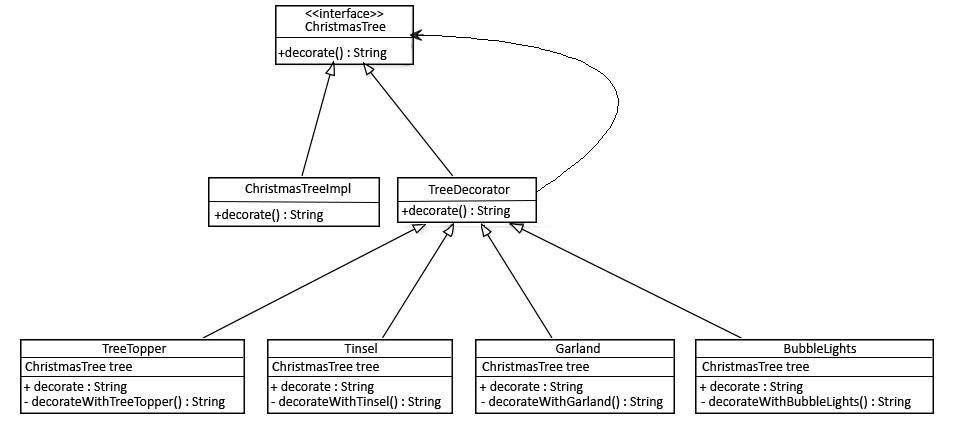
The Decorator pattern consists of three main elements: the Component (the original object), the Concrete Component (the modified version of the Component), and the Decorator (the new object that adds the behavior). The decorator is responsible for adding the new behavior or responsibility to the component.
Here's a step-by-step explanation of how the decorator pattern works:
Component: This is the original object that you want to modify with the decorator. It defines an interface or abstract class that specifies the methods or behaviors it can perform. Concrete Component: This is the modified version of the component. It's a subclass of the Component and implements its interface. The concrete component has the same methods as the component, but may have additional ones.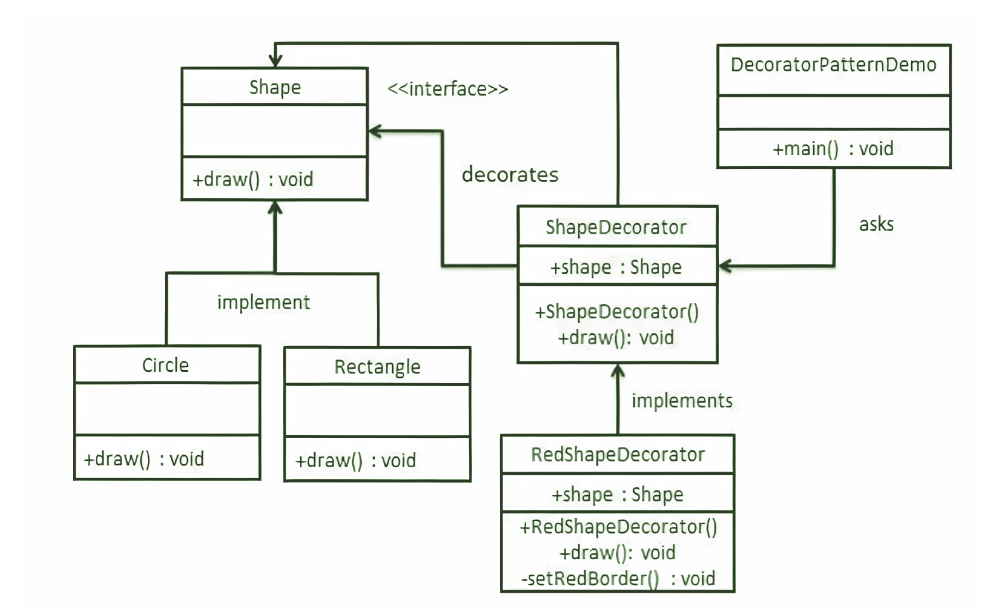
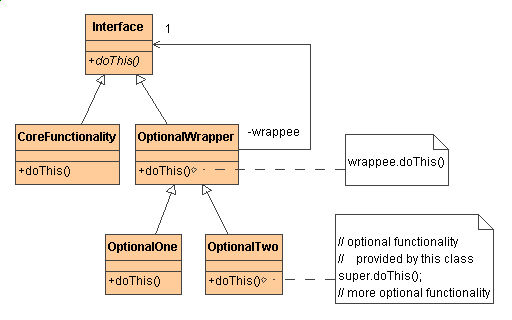
To use the decorator pattern:
Create a new class that implements the Component's interface. In this new class, call the original component's method and pass the request to it. Implement any additional behavior or responsibility you want to add to the component in the decorator class. You can create multiple decorators for different behaviors or responsibilities.The benefits of using the decorator pattern include:
Modularity: Each decorator is a separate, self-contained object that doesn't affect the original component's code. Flexibility: You can easily add or remove behaviors from an object without modifying its underlying code. Reusability: Decorators are reusable and can be applied to multiple objects.Some common scenarios where decorators are used include:
Error handling: A decorator could catch exceptions thrown by the component and provide a default response or handle the error in some way. Logging: A decorator could log information about the requests made to the component, such as timestamps or method names. Security: A decorator could perform authentication or authorization checks on the component's methods.In Java, decorators are often implemented using interfaces and abstract classes. The java.awt.Graphics class is a classic example of a decorator pattern in Java, where graphics objects can be decorated with additional functionality like drawing shapes or text.
In summary, Java decorators provide a powerful way to dynamically add new behaviors or responsibilities to an object without modifying its underlying code. They offer modularity, flexibility, and reusability, making them a valuable tool for building robust and maintainable software systems.
